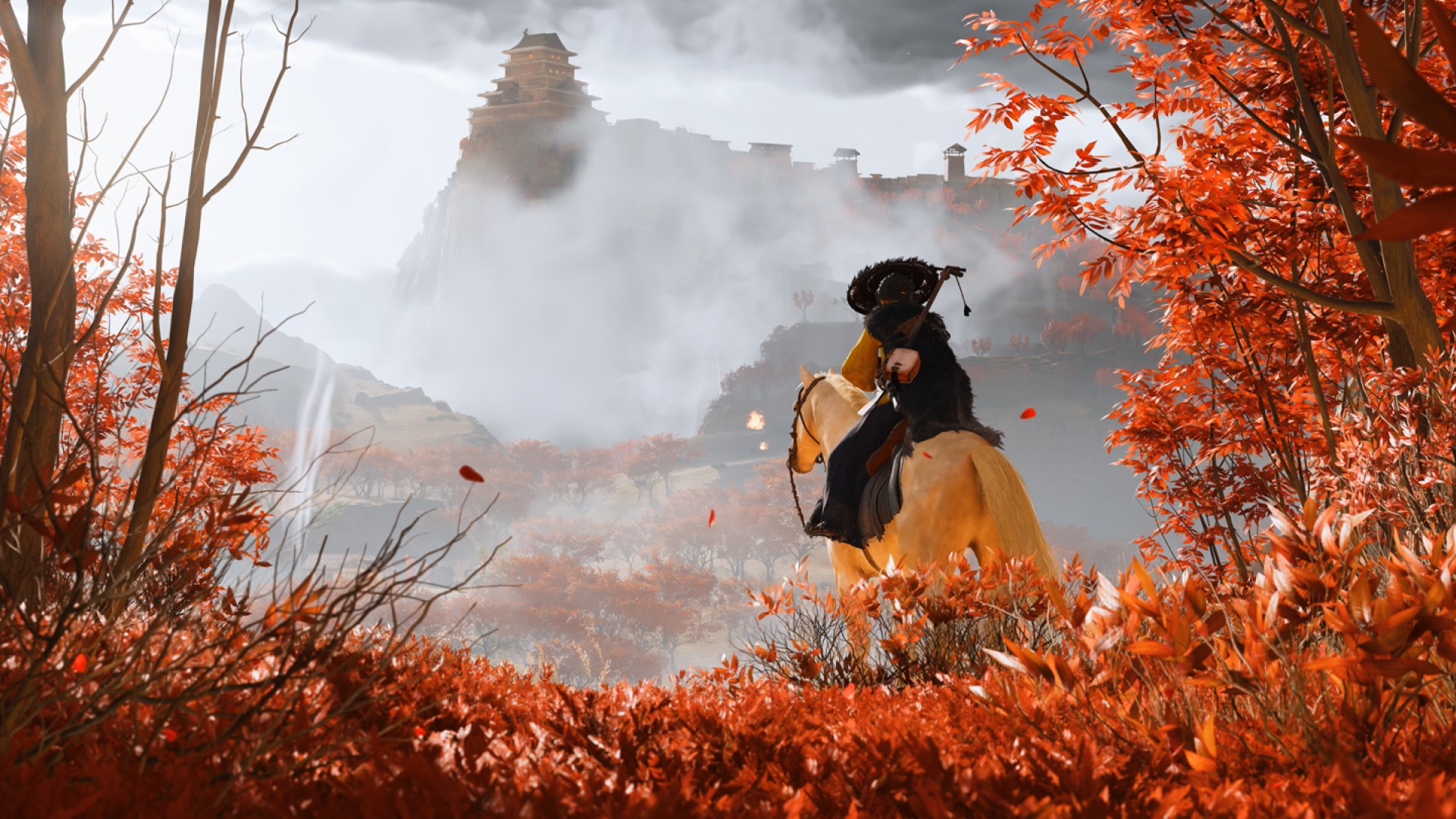
WWW.MACWORLD.COM
The Apple Watch is boring–here’s how Apple can change that
Macworld
After a decade of development, the Apple Watch is basically the same as it was when it launched in 2015. Yes, the technology inside has gone through significant improvements its early days a dacade ago. Bigger, brighter displays. More powerful processors. An ever-growing suite of sensors to detect everything from your heart rate to incredibly fine movements.
But outside, the Apple Watch still looks like the Apple Watch—more so than any other Apple product. From 10 feet away, you wouldn’t be able to tell if someone has a new Series 10 or an old Series 4. Perhaps that is by design, but with major new health technologies like blood glucose monitoring still years away and even the blood oxygen sensor “on pause” for over a year and counting, it’s hard to find something to look forward to in a new Apple Watch.
Apple doesn’t need a new health sensor to make Apple Watch exciting again. It needs to take some risks.
Shake up the shape
The shape of the Apple Watch hasn’t changed in a decade. There have been slight variations in thickness, size, or curvature, but you’d be hard pressed to tell the difference without holding one next to another.
Imagine if the first decade of the iPhone was like that! By the time iPhone X celebrated the tenth anniversary of Apple’s smartphone, the device was already drastically different from its first few years.
So play with the shape, Apple. Give us a watch with flat sides—I loved the mockups people made of such a watch back when it was rumored that the Series 7 would sport such a look.
It’s a shame this rumor was dead wrong, I love this design.Jon Prosser
Or offer two kinds of Apple Watch, one rectangular and one—gasp—round! Android watches have been circular for years now without major compromises to features or battery life, surely Apple could make it happen with a few tweaks to the OS.
And what happened to colors? Of course, silver and black are the most popular watch colors, but these days, rose gold is the only other option. Where did the colorful green, blue, and red offerings of the Series 7 go? Or the pink Series 9? Like the iMac, the fashion-forward Apple Watch is an opportunity for Apple to have some fun.
Do something with bands
There are a million Apple Watch bands out there, but they’re kind of…well…the same. The materials and colors might be different, but none of them add anything to the watch other than a little style. How about a new clasping mechanism that allows for a tiny amount of power and data transfer, just enough to power some tiny microelectronics and send a few kilobytes of data every now and then. Add a few developer frameworks, and both Apple and third-party developers could make smart bands.
There have been various rumors over the years about a new mechanism, and one could imagine smart bands adding custom sensors for specific kinds of activities, or even a small, thin secondary screen that shows a “complication” of sorts. An Apple Watch that supports new “smart bands” would be a major reason to upgrade—more than yet another health sensor, really.
Heck, I would buy a smart band that just had a button on the wrist side that I could set to one of a dozen different functions just like the Action Button on the iPhone and Apple Watch Ultra.
Software, software, software
Obviously there’s a lot Apple can and should be doing with software on the Apple Watch, starting with making Siri great. Even before Apple Intelligence, the experience on the Apple Watch wasn’t as good as the one on our iPhone. Since none of the current Apple Watch models support Apple Intelligence, it’s only going to get worse. Apple needs to find a way to bring the new Siri to the Apple Watch. If the Siri models are too big to run entirely on the watch, the watch could simply work as a “speakerphone” for Siri on your iPhone most of the time.
When I watch people use their Apple Watch, I’m struck by how much of the core interface goes completely unused. Control Center is just as bad on Apple Watch as it is on iPhone—so many people don’t know what it is or where it is, don’t know what it can do, and when you tell them, they struggle to actually access it. It’s taking a bunch of core iPhone (or Apple Watch) functions and deliberately stuffing them in a hidden and confusing menu, and as far as the average user is concerned, it might as well not be there.
Then there’s the weird honeycomb app grid that’s like an annoying little game to find what you’re looking for (List View should really be the only option), the limited watch faces… with basic customization that still seems beyond the average user. Most people I see just stick with the defaults, maybe change the color, but have no idea what complications are or how they work at all.
But all of these things—software that simultaneously does way too much and not enough, and whose best features are opaque to the average user—should be fixed on all existing Apple Watches. Maybe the shift to the new design with iOS 19 will spur Apple to rethink watchOS 12 as a turning point for a rethink of the Apple Watch interface.
But new software only goes so far. It’s a new direction for hardware that’s needed to really make Apple Watch exciting again. Apple seems so laser-focused on the next big heath and fitness sensor that it seems to be ignoring all the other ways it could change up the Apple Watch line—a little fun and some outside-the-box thinking.
0 Comments
0 Shares
12 Views












